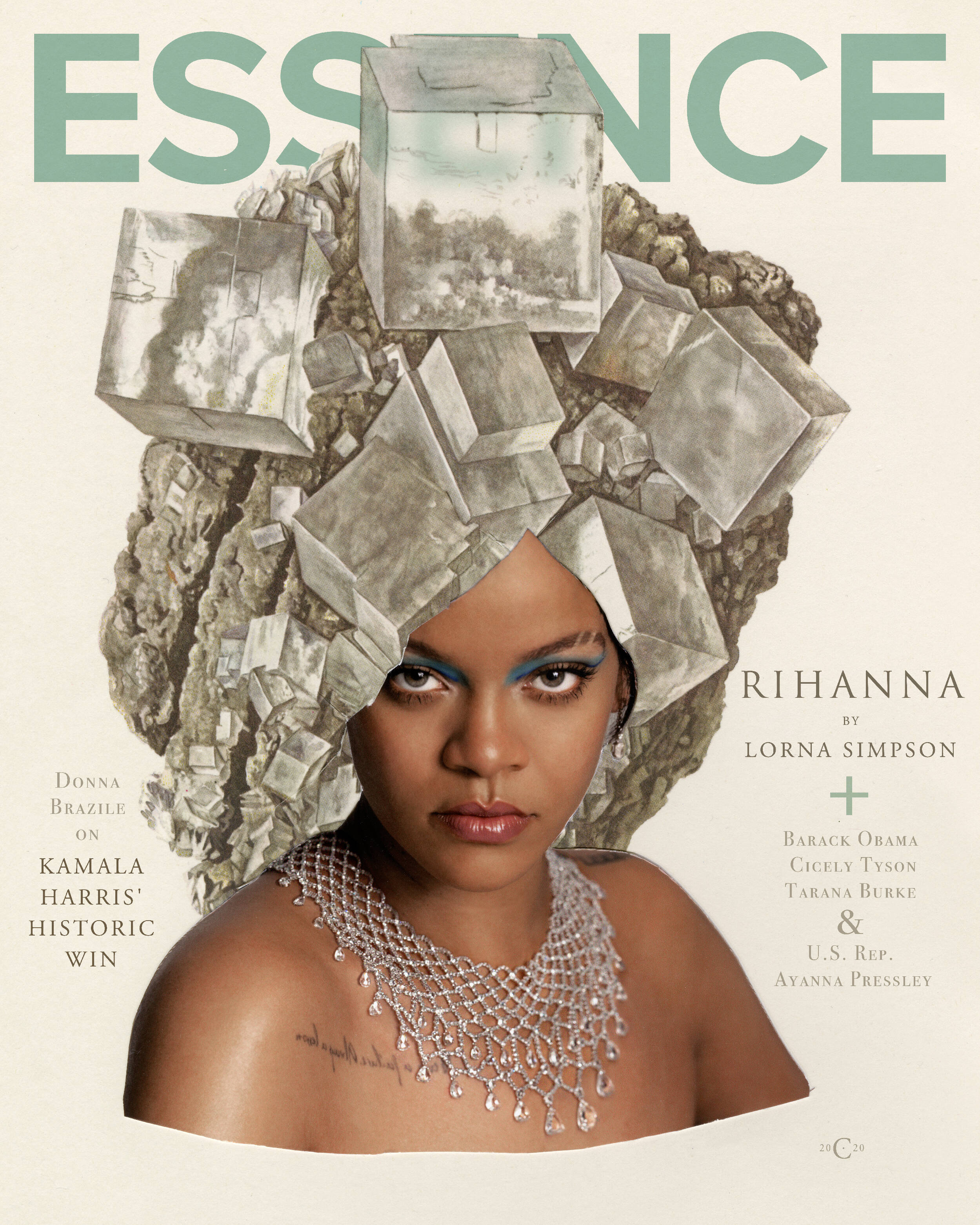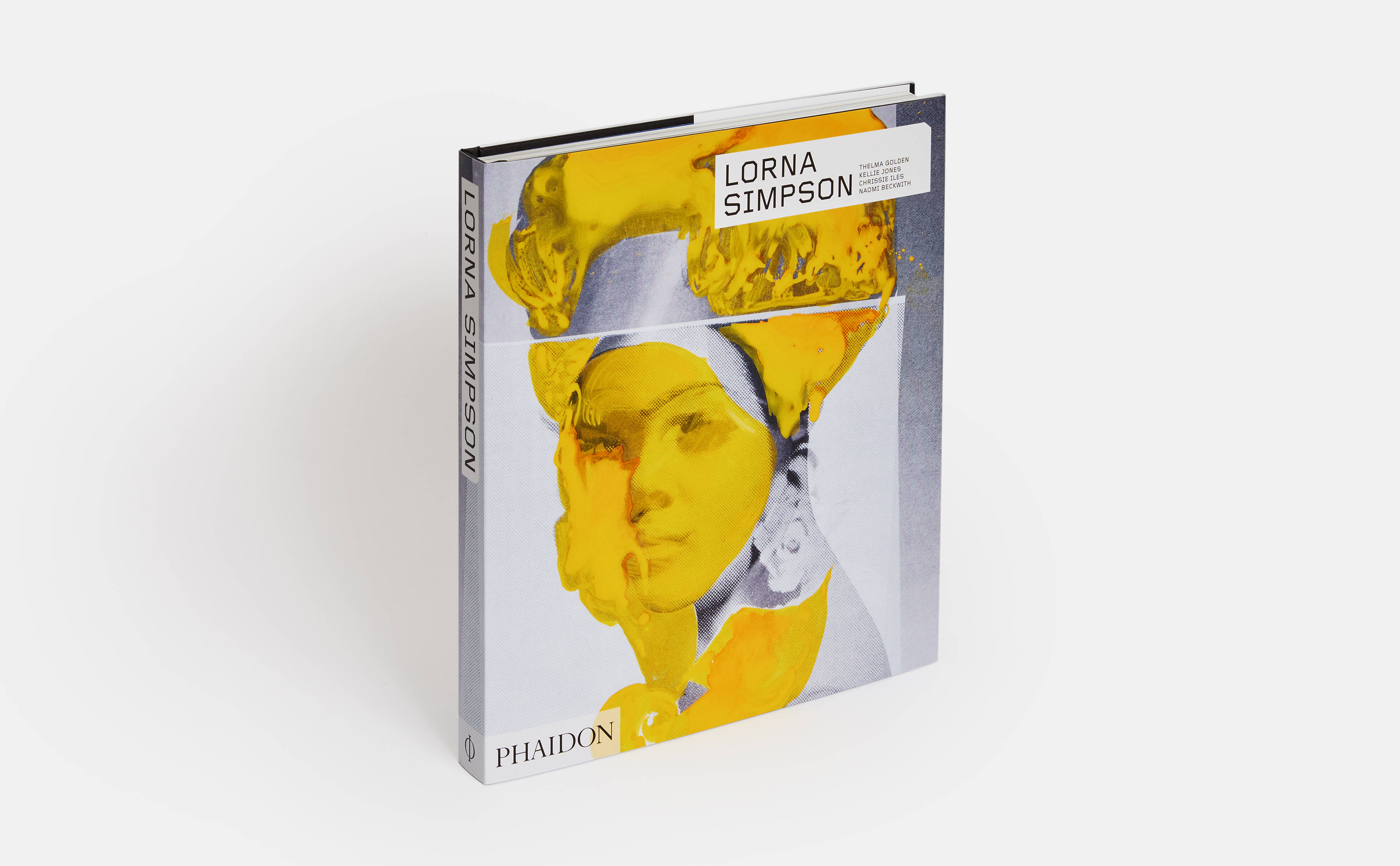
Rihanna, Dada and Lorna Simpson
Here’s how a century-old avant-garde movement informed Simpson’s iconic images
When Lorna Simpson created her Rihanna cover image collages for Essence magazine’s January/February 2021 Issue, she introduced many music lovers to a side of her artistic practice that had been delighting gallery goers for years. As our newly updated Lorna Simpson monograph explains, the American visual artist had been working within this manner since 2009, snipping her materials from Simpson’s grandmother’s collection of vintage Ebony and Jet magazines from the 1950s, 60s and 70s.
These titles were made for African-American readers, and, as Naomi Beckwith, deputy director and chief curator of the Solomon R. Guggenheim Museum, puts it in our book, the magazines date from “a golden era of glossy magazines in the home, which is to say, the seeping of commodity culture into the domestic sphere. Simpson also notes that this is a moment when Black culture and Black customers become financially lucrative for the mainstream advertising industry.”

Lorna Simpson. Photograph: James Wang
However, Simpson’s collage work takes in even older references, as Beckwith explains. “When Simpson turned toward collage, her immediate formal reference was the Dadaist method of nonrational juxtaposition, particularly that of Hannah Höch, whom she discovered after graduate school,” writes Beckwith.
Höch’s best-known work dates from the Weimar-era Germany, yet despite this distance, Beckwith believes the two share common ground. “Simpson, like Höch, had a recurrent concern for the societal condition of women, as well as the mechanisms of museum display,” she writes. “For both artists, the primary site of gender discourse was in the mass media and, as such,both plucked source images from magazines.”
Rihanna’s place within today’s culture complements this all perfectly. When Simpson’s works were published, they were accompanied by an essay from the artist’s daughter, the actress Zora Simpson Casebere, who recalls her mother blasting Rihanna’s Man Down on the car ride to school.
“As a reflection on rage and an expression of regret, ‘Man Down’ helped me imagine the possibilities of power, vulnerability and complexity that one might hold as a Black woman,” she writes. “When the accompanying music video was released a year later, I experienced this song as a meditation on the gravity of sexualized violence and a recognition of the sacrosanctity of one’s voice and bodily autonomy.”

Lorna Simpson
Those are themes that Höch, working a century earlier, and an ocean away, would have recognised. For more on Simpson, order a copy of our newly updated monograph here; to see more of Rihanna, consider buying this book; and for more from Hannah Höch, get Great Women Artists.